Since its debut in November 2022, Chat GPT has generated a lot of discussion. Even the biggest skeptics have been startled by this “smart dialogue.” In this article, we’ll go over how it functions and how to incorporate Chat GPT into your projects.
1/ What is Chat GPT?
The term “generative language model” refers to Chat GPT. In reality, though, it is recognized as an AI chat that has been programmed and created to carry on normal discussions. The research firm OpenAI, launched in 2015 in San Francisco by Sam Altman, Elon Musk, Greg Brockman, Ilya Sutskever, and Wojciech Zaremba, is the owner of Chat GPT.
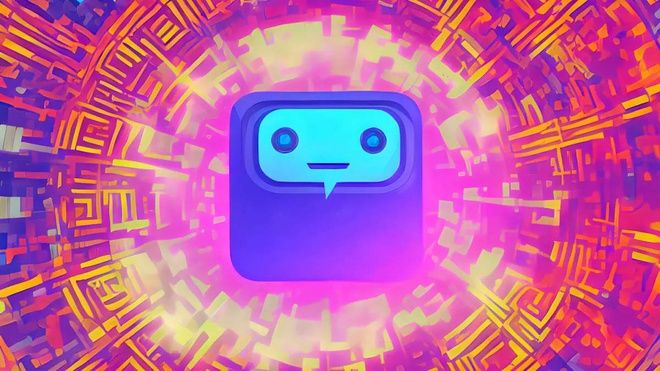
2/ What is Chat GPT used for?
Along with having fun asking questions, Chat GPT can be used for a variety of purposes, some of which are covered below:
- You may create cohesive and well-written texts using GPT in a variety of genres, subjects, and tongues. Additionally, summaries of news, descriptions of products, or stories can be generated.
- This discussion makes it possible to study issues and come up with answers or solutions.
- In a variety of circumstances, GPT can be utilized to create acceptable and reliable chatbot responses.
- It can be applied to produce eye-catching social network posts and communications.
You may create emails, reports, and other material for productivity programs using GPT.
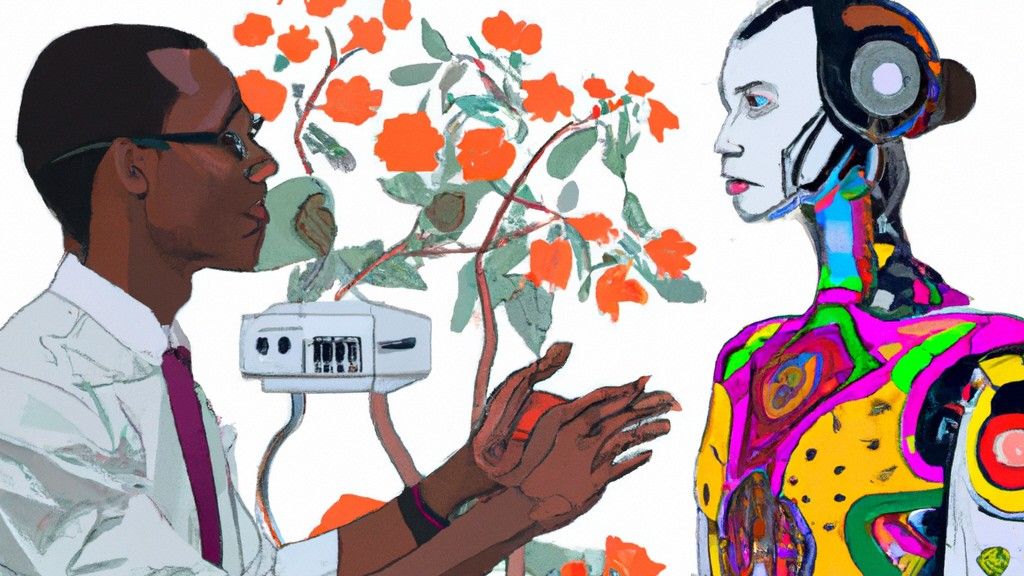
3/ How does Chat GPT operate?
The name “generative pre-training transformer” is self-explanatory. The “transformer” design serves as the foundation for GPT, a generative language model. These models are effective in learning to execute tasks involving natural language processing while processing massive amounts of text. Particularly, the GPT-3 model has 175 billion parameters, making it the biggest language model ever trained. GPT requires extensive textual “training” in order to function.
For instance, the GPT-3 model was trained using a text sample with more than 10 billion words and over 8 million documents. The model learns how to carry out tasks involving natural language processing and produce well-written and coherent content from this text.
As we saw in the last section, GPT may be used to carry out a variety of tasks if the model has been properly trained. Training was conducted using reinforcement learning, which is dependent on user feedback. Finally, through meticulous fine tuning, Conversations between the user and the AI assistant were provided by the human AI trainers. The coaches also received written recommendations to aid them in creating their proposals. In order to create a dialog format, they combined the InstructGPT dataset with this new dataset.
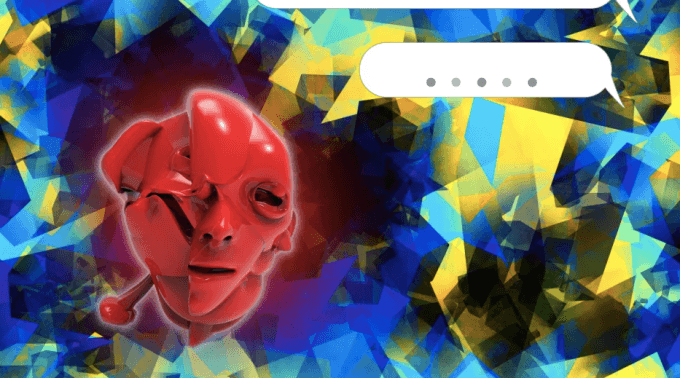
But how did they develop the reinforcement learning reward model?
Collecting comparison data was necessary as a first step. This was made up of two or more rated best model responses. As a result, they chose a few of the trainers’ chats with Chat GPT at random in order to gather the data. They evaluated alternative endings in this way so that the coaches might rank them.
For this reason, proximal policy optimization could be used to modify these reward models. Additionally, the training was conducted on a supercomputer using the Microsoft Azure platform. In conclusion, text input is given to the model in order to employ GPT in a chat.
This input could come in the form of a query or a sentence in context. GPT creates a suitable and cogent answer from this input. This response can actually be used in a chatbot or any other application where it’s important to produce text from an input.
4/ What does it mean that Chat GPT is based on transformers?
Data processing, known as “transformation,” is done on groups of elements, such as words in a sentence or characters in a word. Additionally, “transformers” are machine learning models that have been explicitly created to use transformations to process sequences of elements.
The architecture of the transformers is built on the application of attention, a method that enables the model to focus on certain elements of the input sequence at various points while processing the sequence. This improves the efficiency and accuracy of the transformers’ information processing and natural language processing operations.
A generative language model based on the transformer architecture is called GPT (Generative Pre-Training Transformer). This indicates that the model has been built to handle transformations and pay attention to processing sequences of items, such as words in a sentence. This architecture has completely changed how many NLP jobs are approached and is particularly efficient at handling natural language processing tasks.
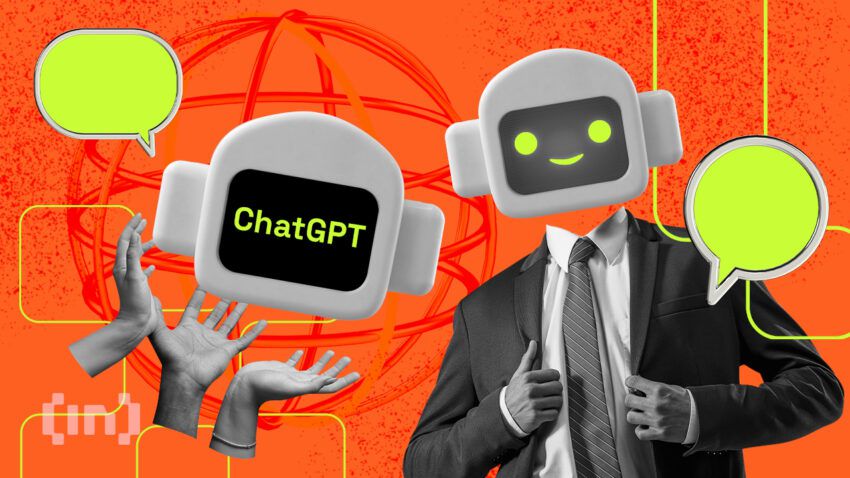
5/ How could its creators benefit from Chat GPT?
The following five methods for earning money with GPT (Generative Pre-Training Transformer) are available to OpenAI:
Offering paid APIs for access to GPT: GPT is accessible through commercial APIs that OpenAI has created for some of its more complex language models, such as GPT-3, enabling businesses to employ these models in their own products and services. Businesses can access these models through these paid APIs and utilize them in their own apps to carry out activities related to natural language processing.
Offering GPT-based application development services: OpenAI can work with businesses and organizations to create GPT-based services and applications in exchange for payment.
Selling GPT-generated content: OpenAI may provide GPT-generated content for sale to organizations or individuals who are interested in using it for their own purposes.
Offering GPT training and consultancy: OpenAI could provide GPT training and consulting to businesses and organizations looking to leverage the technology in their own applications and projects.
OpenAI could grant licenses for the use of GPT to other businesses in exchange for payment. Selling non-exclusive or exclusive usage rights are two examples of this.
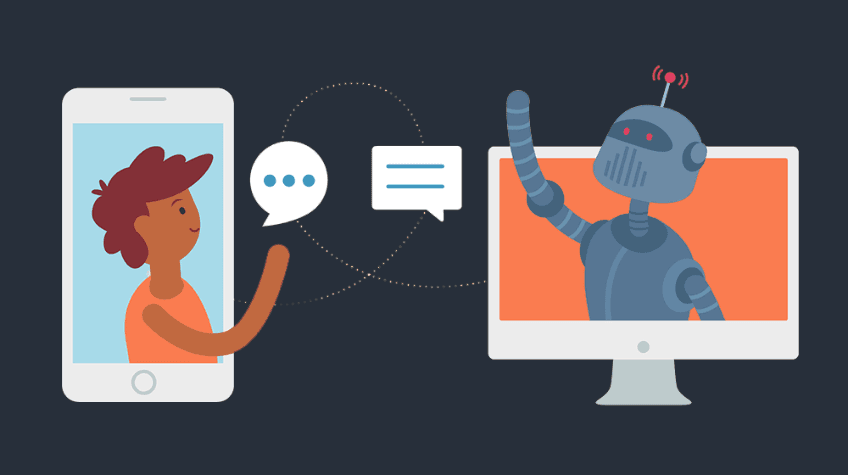
6/ The cost of running ChatGPT
ChatGPT has a daily operating cost of $100,000.
The analysis indicates that because ChatGPT is hosted on Microsoft’s Azure cloud, OpenAI is spared the expense of setting up a physical server room. Currently, Microsoft charges $3 per hour for a single A100 GPU, while ChatGPT charges $0.0003 for each word produced.
Considering that ChatGPT’s responses typically contain at least 30 words, the cost of each one to the business is at least one cent. According to estimates, OpenAI currently spends at least $100K daily, or $3 million monthly, on operating expenses.
7/ Conclusion
As was already mentioned, it is planned for the public to eventually pay to utilize ChatGPT.
Within the first five days of ChatGPT’s public launch, more than a million users had registered to utilize it.






